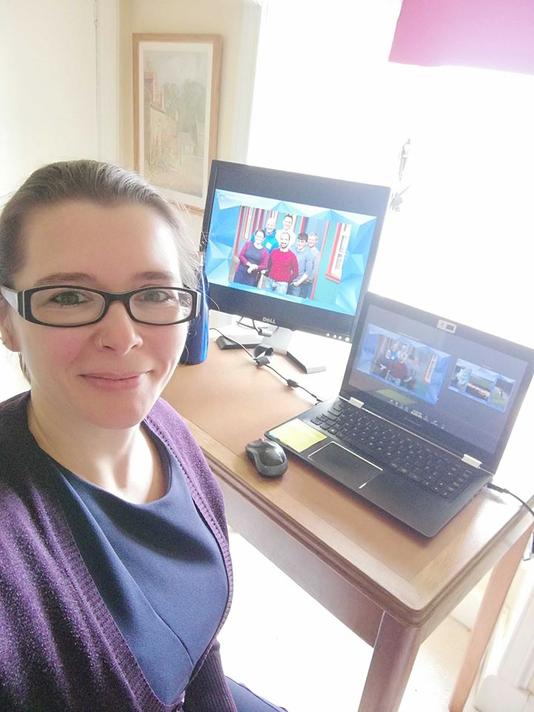
A review of CodeCombat - an online resource to learn Python, HTML and JavaScript
- By Maria Bell
- 12 January
There are so many online resources to learn how to code. Here is our review of CodeCombat.
Maria has been using the continuous improvement framework to enhance her care regime of the office Peace Lily

As Managing Director, my role is incredibly varied and since we decided to close the office the role of trainee horticulturist has been added to my job description. I am not a natural gardener, and since becoming the primary carer of our office Peace Lily (Spathiphyllum) I have been using the continuous improvement framework to refine my Peace Lily care regime.
For those of you who are unfamiliar with the term ‘continuous improvement’, it is a framework which encourages the perfection of a process. The original idea came from the manufacturing industry back in the 70’s, and since then it has been adopted across multiple industries due to the benefits it brings.
Some of the benefits of continuous improvement include:
Continuous improvement is at the heart of our company, and we actively encourage our clients to adopt the framework in their own environments. It ties into our iterative approach to developing software, where each block of development includes a planning session and retrospective that includes our clients.
There are four parts to the framework:

So what does this have to do with our Peace Lily, you may ask. Let’s break the lockdown into week long iterations. The Plan for the first week was simply to ensure that the plant was happy in its new location. According to the research I did, the Peace Lily is a very expressive plant where the leaves would wilt if it was under watered so it shouldn’t be too hard to monitor.
During the first iteration of my Do phase, I simply put the plant on my dining room table, and made sure that I remembered to water it. During the Check phase, I made sure that the soil remained moist and that the plant’s general appearance was that of a happy healthy plant. All was looking well, therefore I didn’t feel that any adjustments were needed.
The Plan for the second iteration remained the same, yet during the Check phase, I noticed that some of the leaves were looking a bit droopy and there were a couple of leaves with some yellow patches. This led to more research, focusing on the causes of the change in leaf colour which fed into action points to be carried out during the next Adjust phase. During the Check phase I found that the soil moisture was unchanged, so I decided to change the location of the plant.
The third iteration resulted in no more yellow leaves, and another adjustment needed in watering as the new location was a bit brighter than the dining room table.
As we now enter the fourth iteration of the lockdown, I’m glad to report that the Peace Lily is still thriving! As I’ve previously mentioned, we’ve worked with several people to help them analyse their internal processes, and implement this continuous improvement framework in their work place. If you would like to find out more about how we can help you, please get in touch with us at contact@mesomorphic.co.uk or fill in the form below to find out more.

There are so many online resources to learn how to code. Here is our review of CodeCombat.

Over the past few weeks Maria has been attending numerous virtual events all over Scotland, talking about Mesomorphic and the growing digital economy in Shetland. Here are some of the lessons she's learned about virtual networking.

Whether you're an SME looking to create a bespoke piece of software for your company or an entrepreneur with a vision, Maria looks at the five important things to consider before starting your project.

Maria shares her top 5 tips to get maximum benefit from attending webinars.

As part of Apprenticeship Week, apprentice Jacob Mercer talks about his experiences

Maria spent the day at the Shetland & Industry Energy Showcase to discuss the future of decommissioning in Shetland and see what resources Shetland has to offer
We would love to hear from you so let's get in touch!